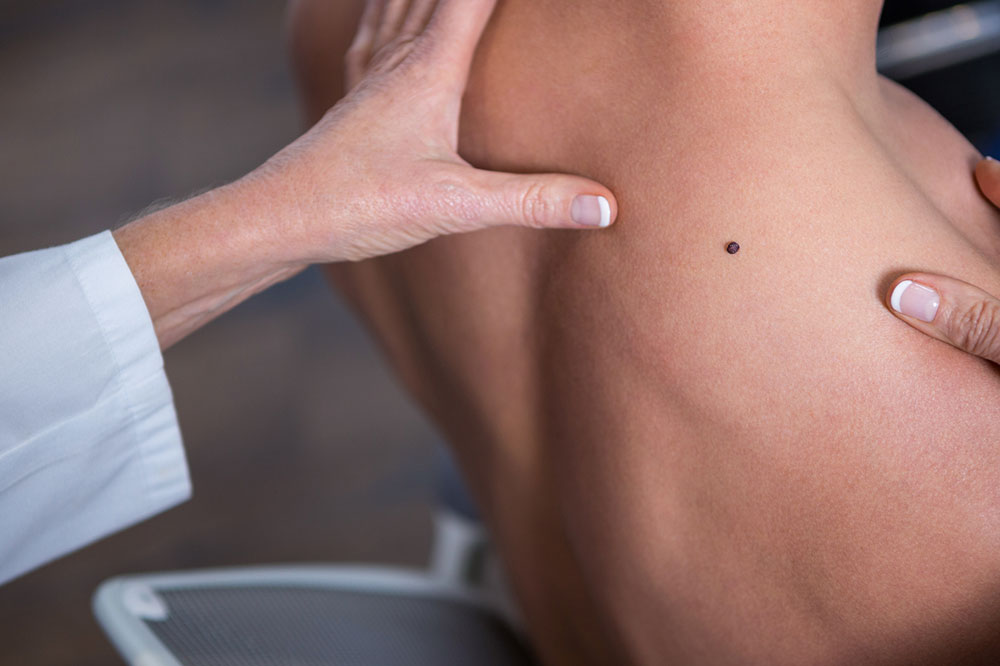
Warning Signs of Melanoma and How to Self-diagnose
Melanoma is a type of cancer that occurs when skin color-giving cells, also known as pigments, become cancerous. This condition is risky because it can progress rapidly to other organs if left untreated. However, early detection and treatment of melanoma can significantly increase the survival rate for its patients. Here are some of the early warning signs of melanoma you need to look out for.
According to expert dermatologists, you can use the ABCDE method to describe the difference between a malignant mole and a harmless one. Let us talk about the process in detail:
1. A – asymmetry
A harmless mole is often symmetrical. If you draw a line through it, the two halves will be pretty much the same. If you find that the two halves don’t match one another, it can be considered one of the early warning signs of melanoma.
2. B – border
Observe the formation of moles on your body. A benign mole has uniform borders. However, a malignant mole may have irregular and scalloped edges.
3. C – color
Non-cancerous moles are of a single color, usually in shades of brown. On the other hand, cancerous moles are of various colors, like brown, black, or tan. In some cases, they may even be red, white, or blue.
4. D – diameter
Cancerous moles are bigger than non-malignant ones. They are usually about one-fourth inches large. However, smaller moles can also be detected early.
5. E – evolving
Non-cancerous moles stay the same in size. However, cancerous ones can grow in shape, size, color, elevation, and show other such characteristics.
Even though dermatologists recommend this method to detect the onset of skin cancer, not every melanoma type will fit into these categories. Schedule an appointment with your doctor if you experience the following signs:
1. Skin irritation
When you experience swelling or redness around the spot and itchiness on your moles, then consider getting yourself checked.
2. Bleeding
A bleeding or scaling mole surface or a non-healing sore should be treated as a warning sign. Pigment
A pigment that spreads from the mole’s border to the skin around it.
3. Self-diagnosis
You can perform these self-examinations in front of a full-length mirror. Consider taking help from a friend or partner to check your scalp and back of your neck. Here are some steps you must follow:
4. Evaluation of your body
Assess the front and back of your body, and then raise your arms and examine right and left.
5. Check hands and arms
Evaluate your upper arms, hands, outer and inner forearms.
6. Review legs and feet
Look at the back of your legs, feet, front, and side. Also, check the soles and space between the toes.
7. Monitor other body parts
Examine your scalp and back of your neck. Also, analyze the genital area and back.
Even though the reliability of self-exams is often debated, early detection remains the key to improve your chances of survival and successful treatment. Therefore, you must regularly perform these self-checks and notify your doctor if you see an abnormal mole growth.



